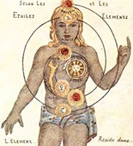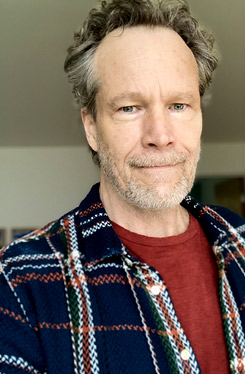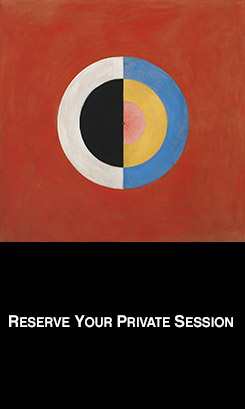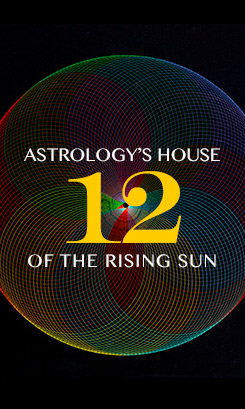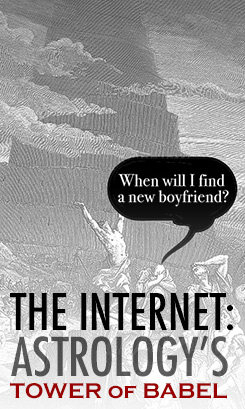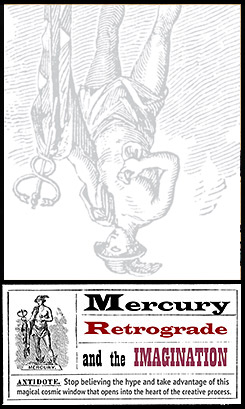Understanding How Astrology “Works”

This is a quote from the author Tom Cheetham, a scholarly expert when it comes to interpreting the works of Henry Corbin, the renowned philosopher and professor of Islamic Studies (1903-1978). Corbin was responsible for redirecting the study of Islamic philosophy, transforming erstwhile ideas about Islam into a rich panoply of poetry and esoteric vision.
Reading Cheetham (which is infinitely easier than reading Corbin) is an exercise in acquainting yourself with astrology’s deepest truths: The planets, the Sun and the Moon are living beings.
Cheetham writes:
“This limitless cosmos is full of Presences, full of Persons — full of angels.
We have to discard all our trivialized and anthropocentric conceptions of the nature of such beings. They are personified metaphysical presences, the movers of the worlds, and they provide the connection between ourselves and divinity.
There is no question of anthropomorphism. The personality of these beings is not derived from ours; ours is only a dim reflection of theirs.
The hermeneutic ability of the creative Imagination to transmute all things into symbols destroys the distinction between psychology and cosmology and unites them in a psycho-cosmology in which Creator and creature participate not as opposing terms with an unbridgeable gulf separating them, but as complementary poles of a divine drama.
‘The personal God [Corbin writes] is . . . encountered at the end of a Quest (as of that for the Holy Grail).’ The endpoint of this search is not an idol, not a thing at all, and therefore not an end but a beginning … the Emptiness, the Unknown, and the Unknowable into which one falls upward in an unending series of theophanies.”
Astrology is born of humankind’s relationship to nature, or put another way, astrology is an extension, within the human, of the angelic of which men and women have an opportunity to play an active role through conscious awareness of Being.
Conditions of Being or Presence are not difficult to grasp. Attention, an active force of awareness that we each possess, has the ability to guide and focus our inquiry through the relational qualities inherent in Presence.
Presence is described as such by Samer Akkach in the book Cosmology and Architecture in Premodern Islam:
“The notion of presence refers to the complex web of physical, mental, and spiritual relationships a being spawns by its very existence and the influences it exerts through this web of connectedness. A thing is perceived to have a presence insofar as it impacts other presences, influences their course of existence, and becomes part of their world. In other words, it is not the mere existence of the thing that matters but rather its level of impact and domain of influence. This is what makes it effectively present.”
For more inquiry on this thread see the following.
A Special Sufi Lesson from Kabir Helminski

“At one point in my journey, my teacher’s teacher, an eighty-year-old man, had been in a serious car accident that had bought him near death.
For months the master’s condition was uncertain, causing all those who loved him to become acutely aware of what his living flesh-and-blood friendship meant to them.
Eventually he would recover and live many more years. When he was well enough to barely walk, he phoned my teacher to tell him that he would have a special lesson if he could come to his apartment on a certain night. Since this was the first opportunity for the two of them to be together in months, my teacher was full of expectation.
They took a walk that evening, so slow and deliberate that it emphasized the attention required for each painful step. They walked as far as one of the most elegant drinking establishments of that great city.
My teacher’s teacher opened the door of that tavern and they entered. It was as if they were perfectly invisible, while the patrons, the most fashionable men and women, continued in their loud, intoxicated conversations.
“See?” he simply said.”
Â
A Mystic Knows Without Knowledge
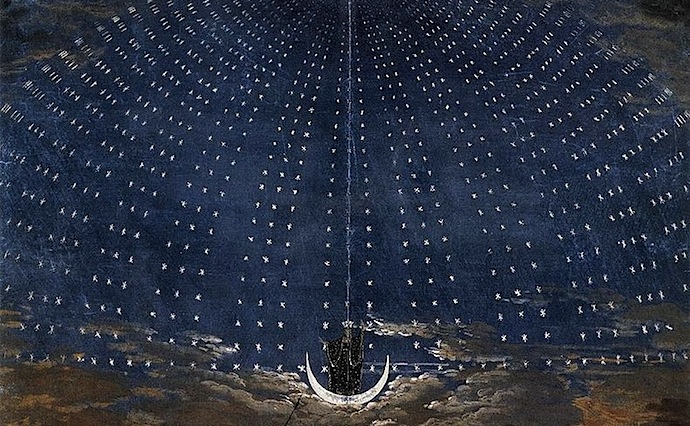
The sun can only be seen by the light
of the sun. The more a man or woman knows,
the greater the bewilderment, the closer
to the sun the more dazzled, until a point
is reached where one no longer is.
A mystic knows without knowledge, without
intuition or information, without contemplation
or description or revelation. Mystics
are not themselves. They do not exist
in selves. They move as they are moved,
talk as words come, see with sight
that enters their eyes.
I met a woman once and asked her where love had led her.
“Fool, there’s no destination to arrive at.
Loved one and lover and love are infinite.â€
Niffari on Turning
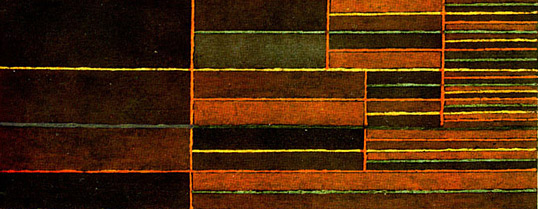
Relationship persists so long as subsidiary cause persists,
and subsidiary cause persists so long as quest persists,
and quest persists so long as thou persistest,
and thou persistest so long as thou sees Me not;
but when thou seest Me, thou art no more,
and when thou art no more,
quest is no more, and when quest is no more,
subsidiary cause is no more, and when subsidiary cause is no more,
relationship is no more, and when relationship is no more,
limit is no more, and when limit is no more, veils are no more.
— Niffari
Dr. Javad Nurbakhsh: The School of the Absolutely Real

This ‘school’ has two phases, fanã’ (‘annihilation’) and baqã’ (‘subsistence’), the reaching of fanã’ being equivalent to entering the kharãbãt. We have already seen that when the disciple reaches the end of the Tariqa, he arrives first at the contemplation of Divinity. This is the stage of fanã’, or death to self, of which there are two kinds, outward and inward.
Outward fanã’ is the annihilation of the acts of the disciple by the manifestation of the Divine Will. The disciple reaches a stage in which he is drowned in the sea of the Divine Acts, to the extent that he sees the Divine Will in everything that happens and not his own will or that of others. At this stage he is deprived completely of free-will.
Inward fanã’ is the annihilation of the attributes and the being of the Sufi. At this stage at times he contemplates the Divine Attributes, in which his own attributes have become annihilated, and at times he contemplates the Being of the Divinity, thus annihilating his own being. At the beginning of inward fanã’, the disciple is deprived of all sensation; but gradually, according to his capacities, he becomes aware of the outer world, even though his being has ceased to exist. His inward state is annihilation in God, while outwardly he is present in the external environment and completely aware of what is happening around him.
Baqã’ consists of subsistence in God and is realized when God gives a new will to the disciple directly from himself, in order to replace that which had become annihilated in the course of the path. This subsistence, or ‘permanence’, is obtained in exchange for inward annihilation, which consists of the disappearance of the being and the mortal attributes of the disciple, which are like a veil separating him from the Real. At this very advanced stage God does not veil the world from the Sufi nor does the world veil God; no sort of separation exists any longer and duality is transformed into Unity.
— Dr. Javad Nurbakhsh
As the Sun Moves into Scorpio…
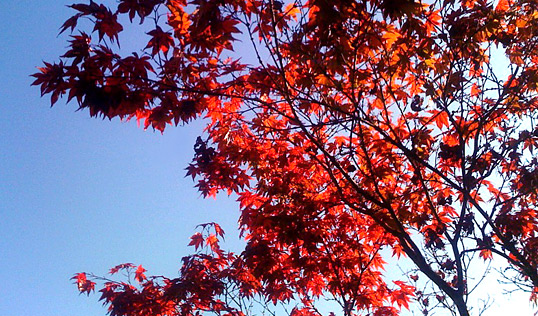
Today I visited the Japanese maple that is in my front yard. I stood alongside it for a good ten minutes. I wanted the tree to sense how much I appreciated its radiance, the incendiary tinge of the red and orange leaves. And with a clear sky, like today’s, the backdrop set the tree’s beauty into high relief.
Earlier I’d been with sheeny black creatures. Coming home from a walk I spied on a gathering of crows, about eight of them, swooping from their spot on a pine branch to take prime pickings from the neighbor’s recycling pile. One of the birds was so huge it resembled an infant, in a way — pitch black and hopping on all fours — with wings. Very disconcerting.
The crow’s coloring is so deep, it’s slightly metallic black and hypnotic. The blackness is as deep as their persistence. And I thought of a poem by the Hindi poet Mirabai that talks about her love for the Beloved’s black hair. She’s always writing about his hair. The vivid blackness — the sheen of it, and her getting lost in it.
The birds would argue about who got the choice bits from the bin, with the victor flying off to stash the picking in her nest. Eventually they got angry at my staring and started cawing aggressively. I laughed and walked down to see my maple and snapped the photo above. I hadn’t dressed warm enough so I finally went back into the house.
Perhaps because Pluto sits near my ascendant and with the moon and Saturn in Scorpio in my natal chart, I become vitalized as the season shifts towards the death space that typifies mid-Autumn. The Sun’s ingress into Scorpio.
Summer for me was like fathoms of void. Was there sun? And when the equinox came in September I hardly took notice. My heart was burgled and cut in June — and when the heart’s sore and shuttered there can be such an eerie disconnect from beauty. Dry. I could lean towards beauty, but beauty didn’t, wouldn’t, lean towards me. I think beauty could sense the veil and felt unwelcome. Or so the mind says — in reality when the heart, the eye of beauty is shut, beauty simply is not. Is asleep.
There’s a great Leonard Cohen song that tells about the frustration of trying to contrive one’s way towards beauty. Making beauty an object rather than seeing it as an essential expression of the Self.
I came so far for beauty.
I left so much behind.
My patience and my family.
My masterpiece unsigned.
I thought I’d be rewarded.
For such a lonely choice.
And surely she would answer
To such a very hopeless voice.
I practiced all my sainthood.
I gave to one and all.
But the rumours of my virtue
They moved her not at all.
The Sufis talk about reaching a place, after long pining and making efforts toward the Beloved, where the Beloved actually makes a turning — and suddenly the seeker becomes the sought. The notion is lovely except this process, where the Beloved comes after the seeker, is painful. Barren. Disorienting. One is dropped into a wasteland. The Sufis’ term for this phase, this displacement is called: constraint. Read more






